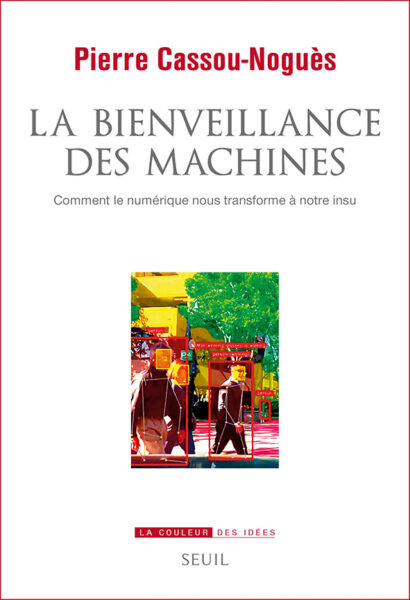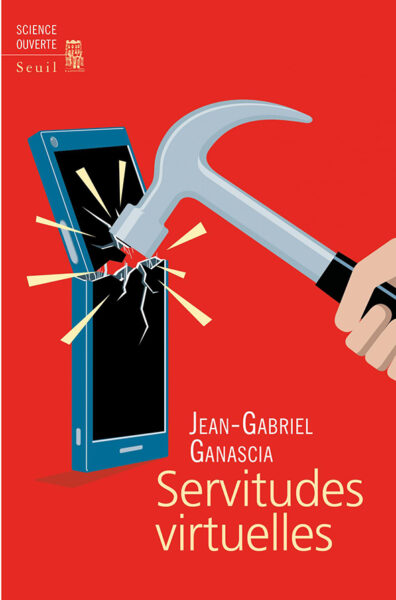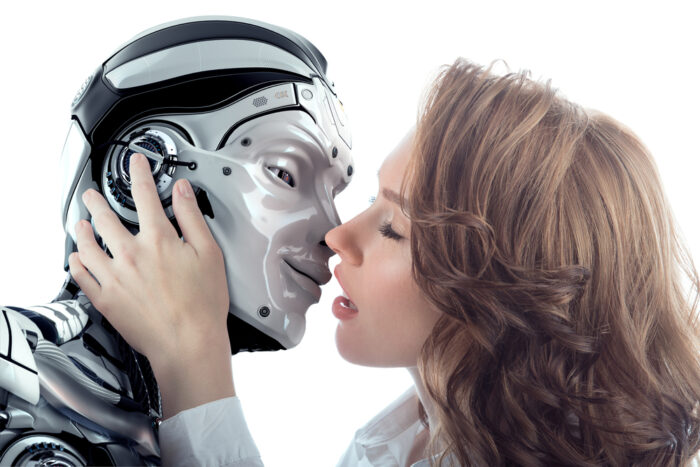The first industrial robot was built by Unimate and installed in a General Motors factory more than 60 years ago. This paved the way for the increased use of robotics, which was intended initially to replace human beings in what were regarded as “unpleasant” production tasks. And yet robots have been part of our cultural imagination for almost a century: one need only think of artificial creatures of the Frankenstein’s monster type or the numerous works of science fiction in which robots figure, from Karel Capek’s RUR (Rossum’s Universal Robots) which saw the first use of the term, to Asimov’s I Robot series, not to mention the novels of Philip K. Dick and the many films on the subject since the 1960s. It is, perhaps, these representations that most structure the way society views the place of –and prospects for– robotics today. Does this mean that robots are going to supplant human beings in more and more fields of their daily and working lives? And if so, is this good or bad for society?
As Pierre-Yves Oudeyer shows in this article, robotics actually covers a very great range of fields today (personal assistance, leisure, education, transport, medicine, exploration, industry etc.) and offers considerable hope for the improvement of daily life, both within and outside the work situation. Yet there are many challenges still to be overcome, both technically in most of the fields concerned and with regard to society’s acceptance of the new functionalities offered by robotics. Lastly, there is still a large gulf between fiction and reality, which can be gauged from the arguments in this article, though we should keep in mind, as Pierre-Yves Oudeyer stresses, that human beings remain at the heart of this adventure in the sense that they control both the technical advances and the decisions about how they are to be applied.



